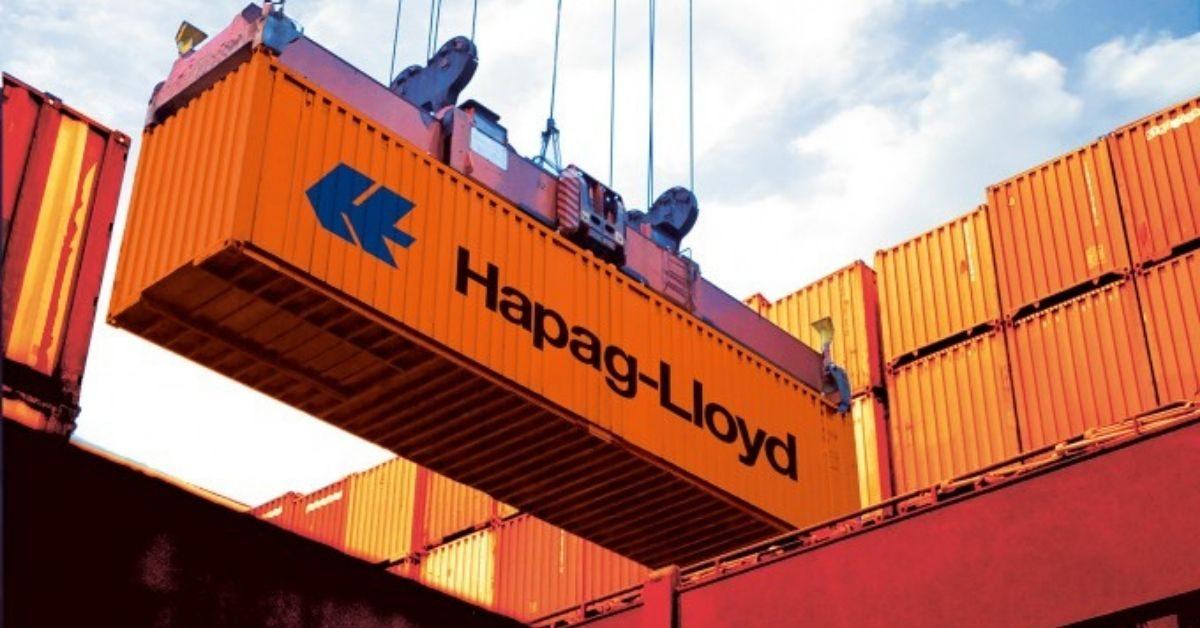As reported by Container News, The Jeddah Express (JDX) service has been initiated by Hapag-Lloyd that passes through the Suez Canal, while avoiding the Gulf of Aden and connecting Tanger Med, Damietta, Jeddah, Damietta, Tanger Med.
The 4,252 TEU Seaspan Hamburg has been deployed on the JDX since 31 December 2023, with the 2,518 TEU Zhong Gu Xiong An joining the service on 29 January. The service has a three-week turnaround, with a round trip of 21 to 25 days.
Ocean Network Express (ONE) has also launched its feeder service connecting to Jeddah Port, which operates between Damietta and Jeddah. The 6,492 TEU Argus temporarily operating as a shuttle connects Damietta and Jeddah from 27 January. The ship turns around in 12 to 14 days.
Wan Hai along with Feedertech and X-Press Feeders has resumed the Red Sea-Gulf-India service that connects Mundra, Nhava Sheva, Jebel Ali, Jeddah, Sokhna, Jeddah, Jebel Ali, Mundra.
The service has a five-week turnaround, with five ships of 1,800-3,200 TEU assigned. Feedertech and X-Press are each contributing two ships (the 1,732 TEU Hansa Rotenburg and 2,824 TEU Addison, together with the 3,158 TEU X-Press Altair and 2,756 TEU X-Press Mekong) while Wan Hai will contribute the 2,646 TEU Wan Hai 316.
Ships moving on these routes are giving out AIS signals, meaning, they are not bound to Israel ports and all the crew members onboard the ships are Chinese.
Consultancy Linerlytica noted that, unlike Asia-Europe lanes, for Asia-Red Sea routes, diversions to the Cape of Good Hope are uneconomical.
Linerlytica said, “Some carriers are opting for relays via the Mediterranean to connect to the Red Sea region via the southbound Suez transit, while others are opting for feeders from India and Dubai directly to the Red Sea but requiring passage through the Gulf of Aden.”
Source: Container News







